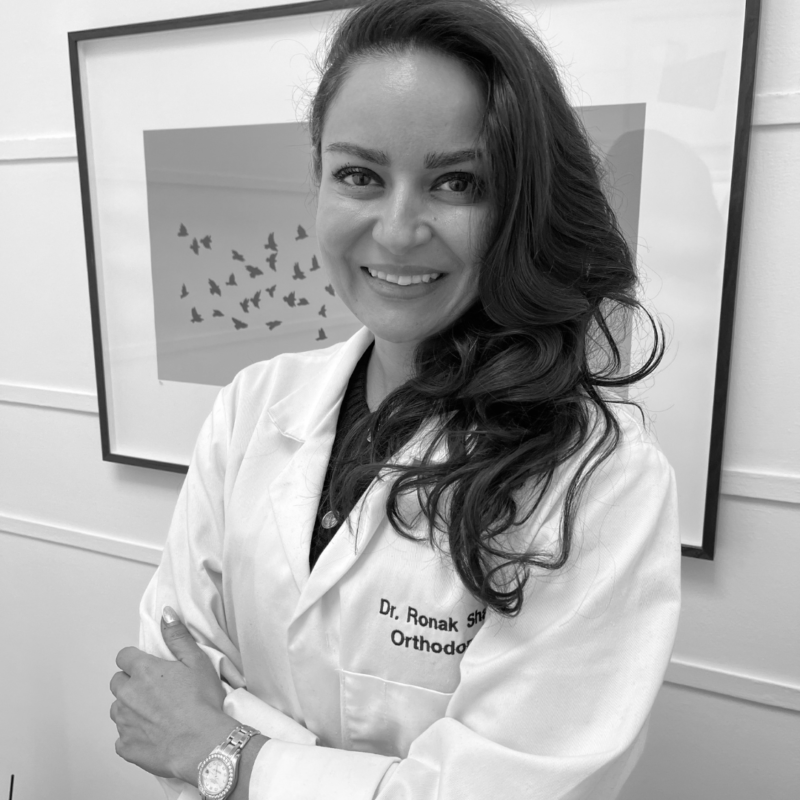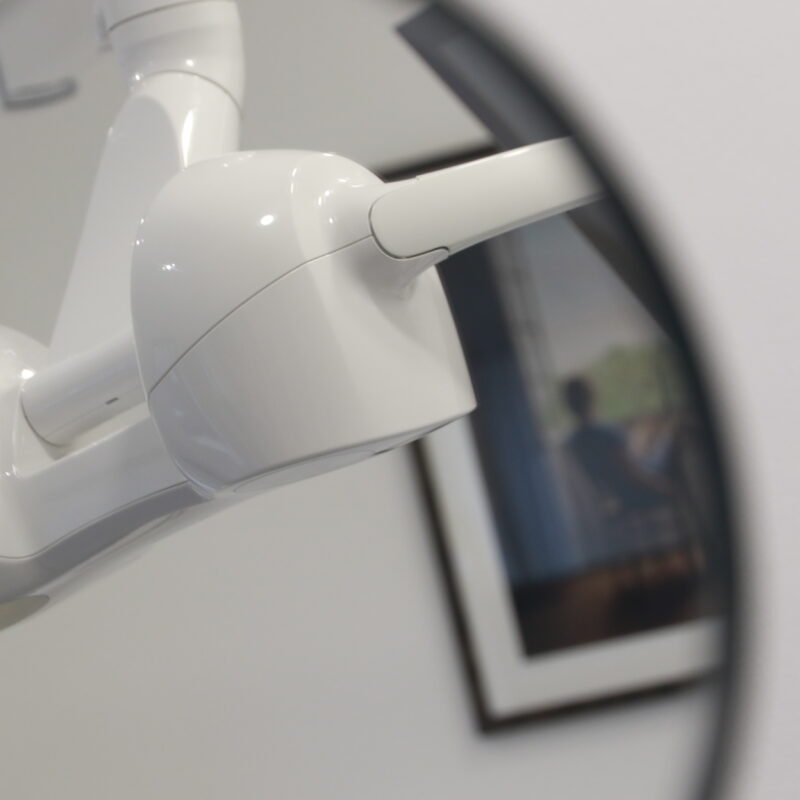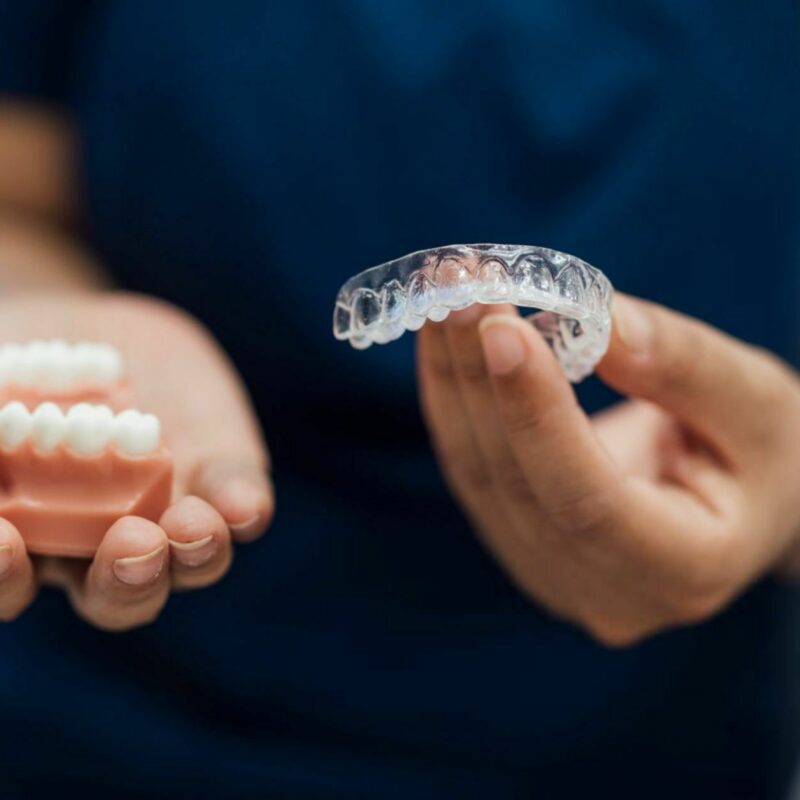A multidisciplinary approach often provides the most conservative and effective solution to complex clinical situations. It facilitates other dental procedures that are indicated to help control disease, restore function or improve aesthetics. For many patients, beginning their journey with orthodontics means they require quicker, less invasive and more cost-effective procedures afterwards than they otherwise would.


Ortho-restorative benefits
Consider restorative dentistry. Where the teeth can be aligned before the provision of veneers, this can improve treatment outcomes considerably. For example, orthodontic correction of a maxillary midline deviation prior to ceramic veneers leads to improved aesthetics and patient satisfaction in a minimally invasive way. Orthodontics can also be utilised to establish a stable overbite and overjet for enhanced occlusion prior to restorative work, as well as to retract and retrocline the maxillary/mandibular incisors in the management of bimaxillary protrusion. Plus, a large diastema can be closed through tooth movement too (Al Taki, Amjad, 2015)(Alfallaj H, 2020) – all such options reduce the amount of natural tissue that requires removing in order to place veneers and deliver a beautiful – and functional – smile.
As such, orthodontics is a key part of smile design today, providing a good first step towards excellent outcomes in a wide range of clinical scenarios. Not only does this protect the maximum amount of natural tissue, but it also helps to motivate patients and encourage their compliance with oral hygiene before any surgical or more invasive procedures are performed.

PRE-SURGICAL ALIGNMENT
Orthodontic intervention may also be beneficial pre-implant placement. For instance, orthodontic extrusion is a highly effective way of preparing the implant site for improved aesthetics and peri-implant tissue health (Maeda, 2015). This procedure relies on the periodontal fibres remaining attached to the bone, which leads to the formation of new bone for increased vertical height ahead of implant surgery. An orthodontic approach can also help with space opening so that the restorative envelope can be optimised prior to implant placement (Borzabadi-Farahani, 2016)
THE MULTIDISCIPLINARY PATH TO SUCCESS
Modern dentistry often calls for a multidisciplinary approach. Especially in complex cases, there is commonly a need for collaboration among professionals as well. This teamwork utilises the skills of experts in their respective areas, ensuring that the patient receives the very best outcomes at each stage of their treatment journey.
If you do not provide orthodontics in-house, don’t let this get in the way of delivering exceptional care to your patients. I provide an array of orthodontic services by referral at Pond Square Dental, including the Damon system, traditional and lingual braces, and Invisalign clear aligners. To find out more, contact the practice on 020 8348 9995 or via the website form.
Our Team
More
from the blog
Blog /Advice
Is High-Fluoride Toothpaste Safe?
Benefits, Risks, and How It Protects Against Tooth Decay
Read moreBlog /Advice
Nutritional Effects on Oral Surgery Outcomes
Preparing Your Body for Faster Recovery
Read moreBlog /Advice
PRF facials - Platelet-Rich Plasma
Learn how platelet-rich fibrin treatments naturally restore youthful skin
Read more






